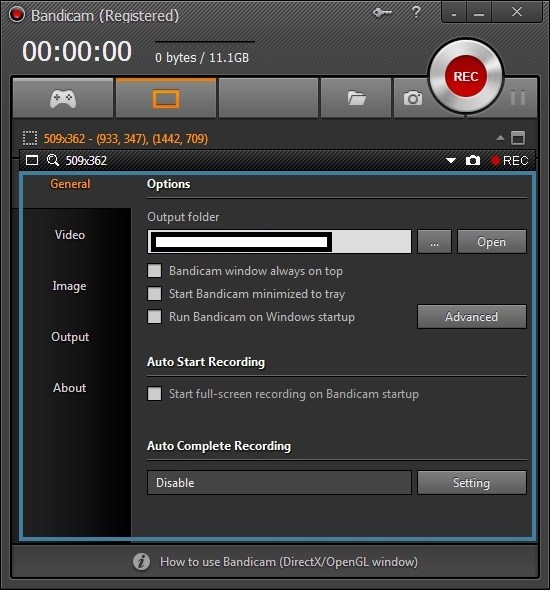

Support for deploying all private edition services in a single namespace. New hostkey configuration parameter and other improvements. Support for Elasticsearch v7.0 to support Genesys Interaction Recording (GIR) metrics and other improvements. Supports masking of Personally Identifiable Information (PII).īeta Program support for Genesys Multicloud CX private edition deployments on GKE. Generally Available release for Genesys Multicloud CX private edition deployments on the officially supported Kubernetes platforms. New reports for GVP-specific metrics and deprecation of the gvars.py file. Support for Genesys Multicloud CX private edition deployments on Azure Kubernetes Service (AKS). The features and resolved issues that apply only to a specific deployment environment are noted as such. Except when otherwise stated in the description for a specific release, each release includes all of the features and resolved issues that were introduced on earlier dates, regardless of the deployment environment. Concepts that are deprecated but not inactive can still be used, but their use is discouraged.ImportantThe Release table lists the initial availability date for each release and the deployment environments for which a release is made available. The date at which a concept was deprecated. One of active, experimental, deprecated, or retired. The internal identifier for the concept in the HL7 Access database repository.Ī property that indicates the status of the concept.
#ANONYMIZER UNIVERSAL SETUP V1.3.1 CODE#
Used only in RIM backbone classes to link the code and classCode values. The child code is a classification of the particular class group identified by the 'classCode' in a RIM class as the parent code. Must be transitive, irreflexive, antisymmetric. Used to allow determination of subsumption. Every child concept is also a valid parent concept. The child code is a more narrow version of the concept represented by the parent code. XActInvoiceDetailPreferredAccommodationCode.SecurityTrustCertificateObservationType.SecurityTrustAccreditationObservationType.SecurityIntegrityProvenanceReportedByObservationType.SecurityIntegrityProvenanceObservationType.SecurityIntegrityProvenanceAssertedByObservationType.SecurityIntegrit圜onfidenceObservationType.SecurityAlterationIntegrityObservationType.PatientImmunizationRelatedObservationType.ObservationIssueTriggerCodedObservationType.ObservationEnvironmentalIntoleranceType.ActSubstanceAdministrationImmunizationCode.

ActMedicationTherapyDurationWorkingListCode.ActInvoiceDetailPreferredAccommodationCode.ActInvoiceAdjudicationPaymentSummar圜ode.ActCredentialedCareProvisionProgramCode.ActCoverageAuthorizationConfirmationCode.ActAdministrativeDetectedIssueManagementCode.ActAdministrativeAuthorizationDetectedIssueCode.This Code system is referenced in the content logical definition of the following value sets: This mutually modifying use of Act.code and Act.classCode is not permitted. For a negative example, it is not appropriate to use an Act.code “potassium” together with and Act.classCode for “laboratory observation” to somehow mean “potassium laboratory observation” and then use the same Act.code for “potassium” together with Act.classCode for “medication” to mean “substitution of potassium”. This is why the structure of ActClass domain should be reflected in the superstructure of the ActCode domain and then individual codes or externally referenced vocabularies subordinated under these domains that reflect the ActClass structure.Īct.classCode and Act.code are not modifiers of each other but the Act.code concept should really imply the Act.classCode concept. The coding system will depend on the class of Act, such as LOINC for observations, etc.Ĭonceptually, the Act.code must be a specialization of the Act.classCode. physical examination, serum potassium, inpatient encounter, charge financial transaction, etc.) is specified with a code from one of several, typically external, coding systems. Other Identifiers: : urn:oid:2.16.883.5.4Ī code specifying the particular kind of Act that the Act-instance represents within its class.Ĭonstraints: The kind of Act (e.g.
#ANONYMIZER UNIVERSAL SETUP V1.3.1 FULL#
For a full list of available versions, see the Directory of published versions The current version which supercedes this version is 5.0.0. This page is part of the HL7 Terminology (v3.1.0: Release) based on FHIR R4.


 0 kommentar(er)
0 kommentar(er)
